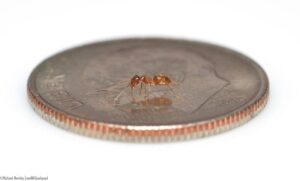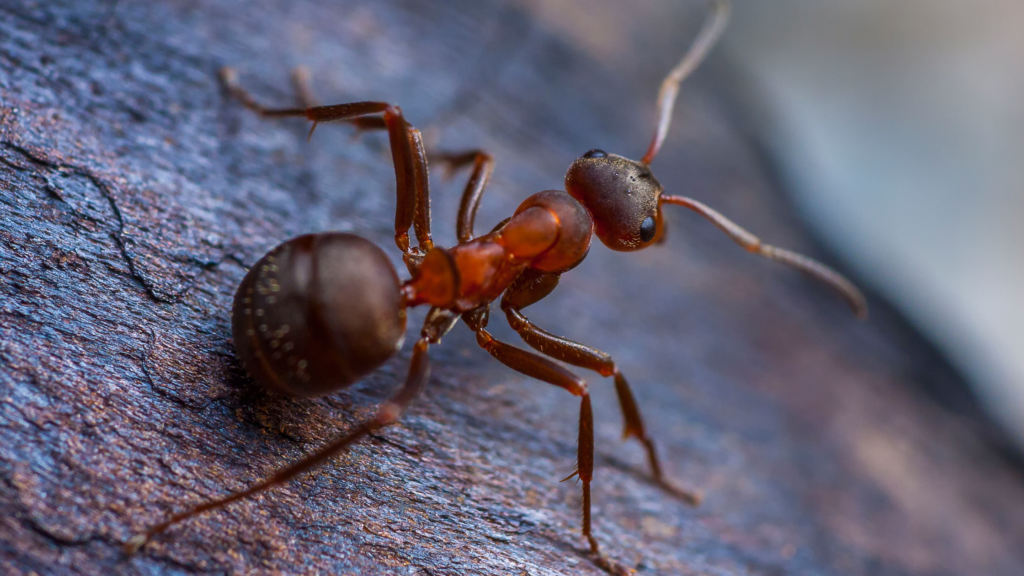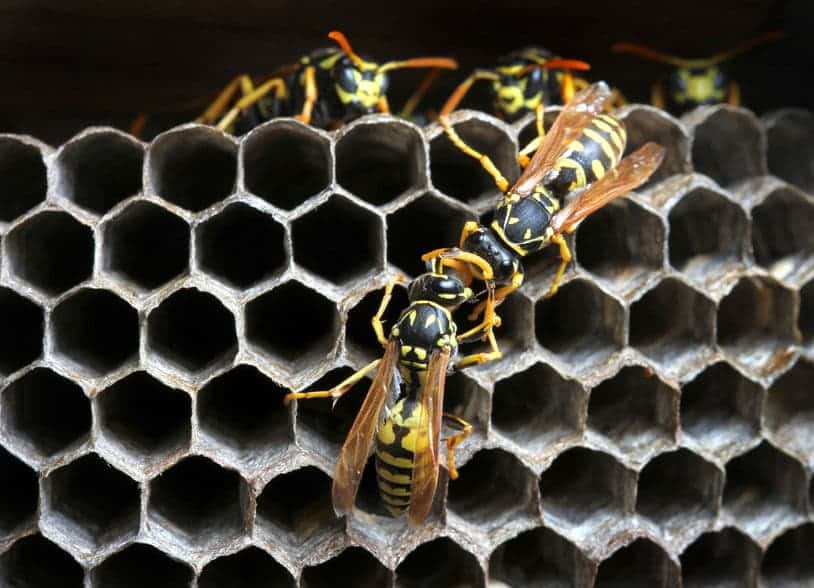
Summer in Florida offers plenty to enjoy; longer, warmer days, school breaks, and the return of backyard barbecues and pool parties. However, this sunny season also brings its challenges, including oppressive humidity, sudden rain showers, the persistent annoyance of mosquitoes, and the unwelcome presence of invasive ants.
If you’ve ever come across an ant trail in or around your home, you know how vexing those little critters can be. Ants are typically active between March and October, with most house sightings occurring during the summer months.
While house ants are more bothersome than harmful, experts have issued an alert about an invasive ant species infiltrating homes across Florida. Native to Brazil, “tawny crazy ants” are reddish-brown in color and have a reputation for moving “quickly and erratically,” according to researchers at the University of Florida. The ants migrated from Brazil to Colombia in the mid-1900s before making their way to the coast of Texas and Florida. They’ve since mined their way into parts of Louisiana, Mississippi, Alabama, and Georgia.
SPOTTING ANT INFESTATIONS
Tawny ants aren’t hard to spot, but they are hard to kill. The insects travel in herds and build “super colonies,” which are basically neighborhoods of connected ant hills governed by several ant queens. This colonial community makes the ants extremely hard to exterminate, explains Florida researchers.
Rudolf Scheffrahn, PhD of entomology at the University of Florida, told Click Orlando, “We had a big infestation in a golf course community. You can spray the infested area, but it doesn’t kill the colony.”
Tawny ant infestations, especially when left untreated, can wreak havoc on a house—and sometimes exterminating doesn’t always do the trick. Because of how quickly these ants can forage and the sheer amount of them, some pest companies fail to treat the root of the problem, Scheffrahn said.
Luckily, tawny ants aren’t poisonous. They’re also “ephemeral,” which means, “They come in one spot. They take over. They disappear,” per Scheffrahn.
“They have no sting. Their bite is very, very lame,” Scheffrahn assured. “The real problem is the nuisance once they get into your property, in your house. Again, they come in massive numbers—overtake everything.”
At the University of Florida researchers do have a few ant pest control tips and tricks to keep homes safe from tawny ants this summer. They recommend keeping trash and recycle bins clean and stored away from your home, picking up yard debris, and following a routine yard maintenance schedule (mowing, trimming, etc.).
Inside your home, there are additional measures you can take to prevent infestations, such as promptly cleaning up spills, ensuring dirty dishes and accumulated trash are removed, and storing food items in tightly sealed containers. If you have pets, experts recommend putting away their food bowls outside of mealtimes to further deter pests.
It’s better to seek out a professional pest control service rather than self-treat your home or yard. Even if you don’t currently have an infestation, a professional can recommend products or bait treatments to help keep lurking insects away.
EXTERMINATING TAWNY CRAZY ANTS – TURN TO TURNER PEST CONTROL
Tawny crazy ants aren’t attracted to many commonly used baits. That — and their sheer numbers — can make exterminating them very challenging. Since multiple treatments may be required to prevent tawny crazy ant populations from coming back in even stronger numbers, the task should be left to professional pest control experts. Schedule your free inspection here!



